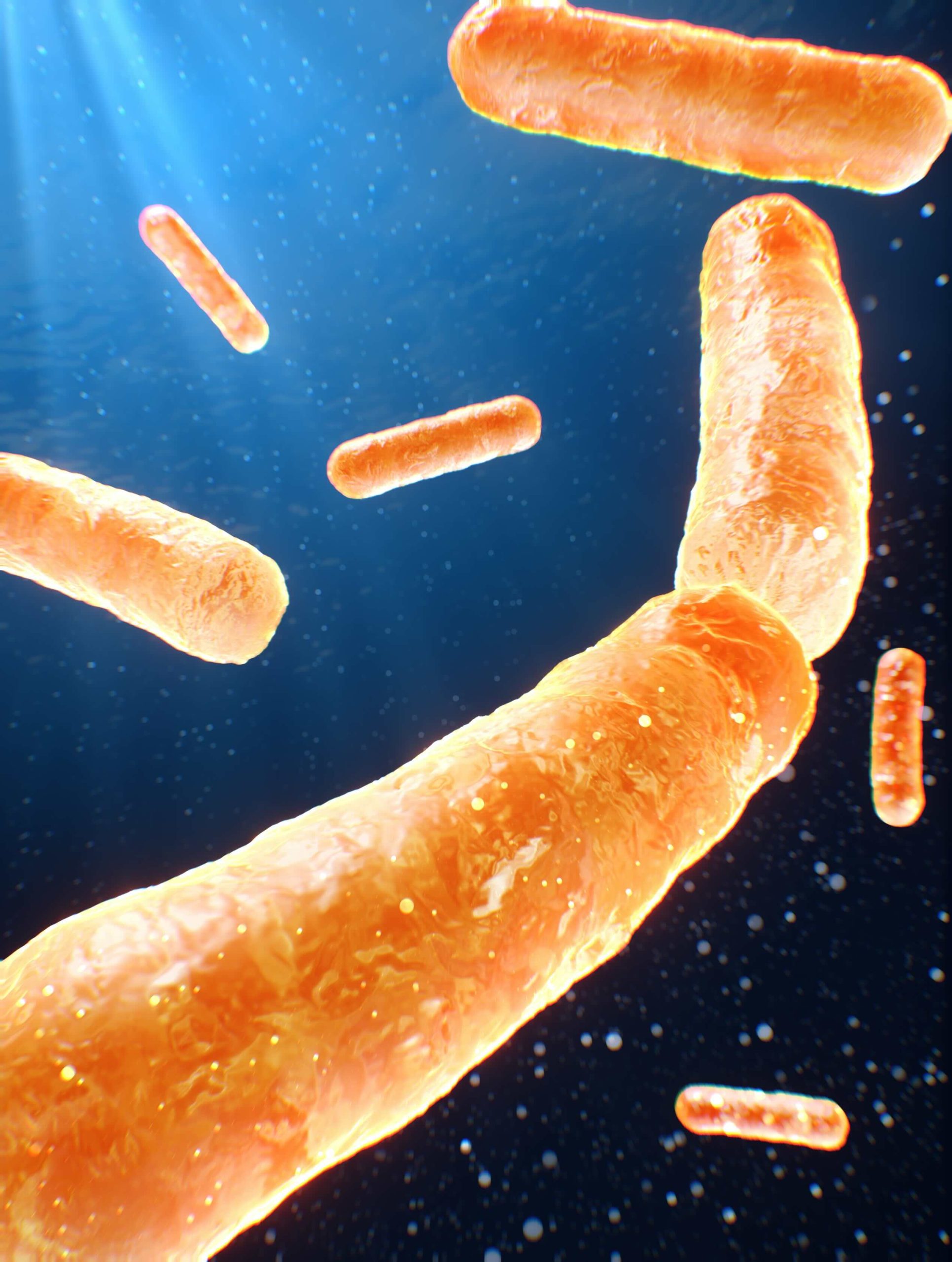NEWS
Dr. Fujiwara’s research has been published in Nature Microbiology! 🎉🎉🎉

Through collaborative research with the University of Tokyo, RIKEN, and JAMSTEC, we discovered a novel “light-utilization efficiency system” in both H⁺-pumping and Cl⁻-pumping rhodopsins of marine bacteria.
This finding shows that marine bacteria have evolved diverse strategies to use light, enabling them to adapt even to environments where only very limited light penetrates.
Marine ecosystems are sustained by microorganisms in the surface ocean that harness light energy. As is widely known, photosynthetic organisms are the primary users of light energy. However, in 2000, a light-harvesting mechanism distinct from photosynthesis—microbial rhodopsins—was discovered in marine bacteria. Since then, it has become clear that in addition to photosynthetic organisms, numerous other organisms in the ocean’s surface layer can also utilize light as an energy source. These rhodopsins, light receptors found in marine microbes, mainly absorb green light (a wavelength range less efficiently used by photosynthesis). Yet, detailed investigations revealed that intracellular carotenoid pigments such as zeaxanthin and myxol bind to these rhodopsins, gradually uncovering that they also enable the use of blue light, which had previously been considered unavailable to them.
In this study, we demonstrated that these pigments enhance rhodopsin light-harvesting in two ways: by expanding the usable wavelength range and by accelerating the photocycle. Who would have thought that microbes believed to only utilize green light can also harness blue light energy? Marine microbes are truly remarkable! Importantly, in open ocean environments, blue light penetrates deeper than green light, meaning that the ability to use blue light likely expands the habitable range of these microbes.
For further details, please see here.